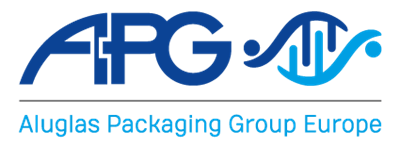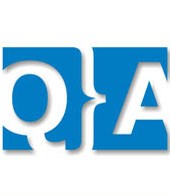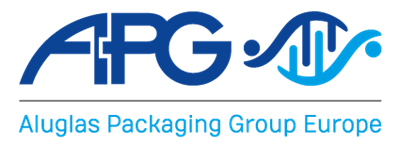Test comparison rubber stoppers
The revision of the United States Pharmacopoeia (USP) General Chapter <381> Elastomeric Closures for Injection dating from May 2009 harmonised it with the European Pharmacopoeia (Ph. Eur.), Chapter 3.2.9 Rubber Closures for Containers for Aqueous Parenteral Preparations, for Powders and for Freeze-Dried Powders.
The table below represents a side-by-side comparison of the tests outlined in the Ph. Eur. and the USP.
|
Ph. Eur. 3.2.9 |
USP <381> |
West Combined Protocol |
|
|
||
|
Biological |
Biological |
Biological |
|
X |
USP<87> |
USP<87> |
|
X |
USP<88> |
USP<88> |
|
|
||
|
Physicochemical |
Physicochemical |
Physicochemical |
|
Appearance |
Turbidity and Color |
Appearance |
|
Acidity or Alkalinity |
Acidity or Alkalinity |
Acidity or Alkalinity |
|
Absorbance |
Absorbance |
Absorbance |
|
Reducing Substances |
Reducing Substances |
Reducing Substances |
|
Ammonium |
Ammonium |
Ammonium |
|
Extractable Zinc |
Extractable Zinc |
Extractable Zinc |
|
Extractable Heavy Metals |
Extractable Heavy Metals |
Extractable Heavy Metals |
|
Residue on Evaporation |
X |
Residue on Evaporation |
|
Volatile Sulphides |
Volatile Sulphides |
Volatile Sulphides |
|
|
||
|
Physical |
Physical |
Physical |
|
Penetrability |
Penetrability |
Penetrability |
|
Fragmentation |
Fragmentation |
Fragmentation |
|
Self-Sealing |
Self-Sealing Capacity |
Self-Sealing |
In order to provide the most comprehensive analysis of its elastomer formulations, West has adopted a combined protocol for testing, which is shown in the third column.
The combined protocol satisfies both the Ph. Eur. and USP requirements for elastomeric closures for injection.
The texts of the Ph. Eur. and USP chapters are nearly identical. However, where differences exist the procedures outlined in Ph. Eur. are used in the West combined protocol with the following justifications:
Justifications
- Residue on Evaporation Test
- The revised USP has dropped this test. However, West will include it in the combined protocol in order to comply with both compendia.
- Opalescence, Acidity or Alkalinity, Extractable Zinc Tests
- The USP specifies that the blank value should be subtracted, whereas Ph. Eur. does not. However, blank values for these tests are generally negligible and subtraction of the blank value would have no significant impact on the test results. The West combined protocol will follow Ph. Eur. and will not subtract the blank value to illustrate a worst-case scenario.
- Heavy Metals Test
- Ph. Eur. 2.4.8 Heavy Metals Method (Limit Test A) will be used in the West combined testing protocol for the following reasons:
- The USP method uses different solution volumes during the preparation steps than Ph. Eur. However, these solution volumes have no impact on the test results.
- Ph. Eur. Limit Test A, which is equivalent to USP Method I, is used in all cases where aqueous closure extracts as tested.
- Based on historical test results, sample extracts have always been found to be essentially clear and colourless solutions. Ph. Eur. Limit Test A has always been adequate for assessing these solutions.
- Ph. Eur. 2.4.8 Heavy Metals Method (Limit Test A) will be used in the West combined testing protocol for the following reasons:
Remark on Ph. Eur. and USP vs. JP
Please be aware there are considerable differences between the Ph. Eur. and USP chapters on elastomers and the tests for rubber closures in the JP.




